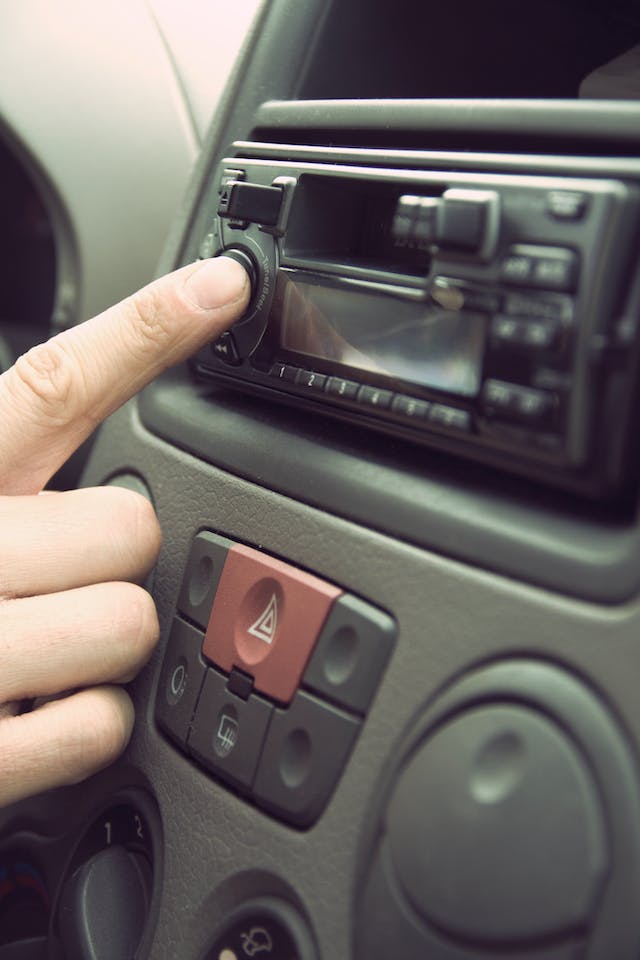We are going to detail some very useful tips for the correct installation of LED light strips (12 / 24V) and what material is necessary to be able to do it. Let’s focus on flexible LED strips that are very easy to install thanks to a 3M adhesive on the back of the strip that adheres to any surface.
One of the great advantages of LED Strips is that we can make them the size we need, since we can cut the strip to adjust it to a required size or splice it with another to make it longer or make corners or curves.
Basic Steps for Installing an LED Strip
-
Measure the space where you are going to hang the strip
-
Cut the necessary section according to the space where it is going to be installed. Cut the strip at the places marked according to the model.
-
Clean the surface where the strip is going to be glued, remove adhesive protector from the back and glue on the selected area
-
Connect the end of the strip to the connector and this in turn to the power supply. If the length that we are going to put is greater than 8 meters, we will have to install a power amplifier so that the signal reaches the entire strip well.
-
Plug in power supply and you’re done. The power supply of the LED strip will be as the total watts (W) of the section that we are going to install. We will have to take into account the power of the controller and the amplifier.
Cutting, Welding and Splicing Sections of LED Light Strips
Cutting Led Strips: LED strips must always be cut by the dividing lines marked on the strip with scissors. The cuts will be made relying upon the model of the led light strips. The rest of the segments can in any case be utilized by basically welding association links to the split end. Likewise think about that the cut in the strips, just as in the sources and the controllers, isn’t typically secured by the assurance.
Soldering Led Strips: All the divisible strips contain marked lines to be joined by soldering. Take care that the soldering iron maintains brief contact with the strip when soldering it, since excessive heat will damage the conductor, resulting in the strip not working.
Transformer Preparation: When the length of the led light stripsis known, the transformer needed to supply it can be calculated. In general, the strips go to 12V, and the transformer allows them to be plugged into the 220V socket. The transformer must always be 12V, and we recommend those that are type switching, that resist alterations in voltage.
Regarding the amperage, it can be calculated considering how much the strip consumes per meter. For example, if we want to install two meters of 3528 SMD LED strip, the consumption is 0.4Amp per meter, which is equivalent to 400mA (milliamp), so we need a 1Amp source. Although the consumption is 0.8Amp, it is always recommended to leave a margin of at least 20% to avoid that the source is required to the maximum.
Important warranty notice: The division and welding of the strips is not covered by the warranty as it is your responsibility. Cut strips and loose parts are also excluded from any guarantee.
Splicing sections of led strip: Depending on how in which situation we make the splice, we will use one type of connector or another. Splices can be:
-
Linear when making strip joints in a straight line. There are rigid and flexible connectors to make such joints.
-
In angle. To join led strips in corners or corners. This type of connectors that splice the strips on these occasions are soldered.
When should an Amplifier be Used?
In an installation of led light stripswhenever we are going to use a controller (monocolor or RGB) and the length is more than 8 meters, we will need an amplifier every 8 meters so that both the signal and the intensity reach the entire led strip perfectly. As a general rule, in monocolor LED strips it is not necessary to install a driver, but if we want to have a control of the light intensity, we will need it.
